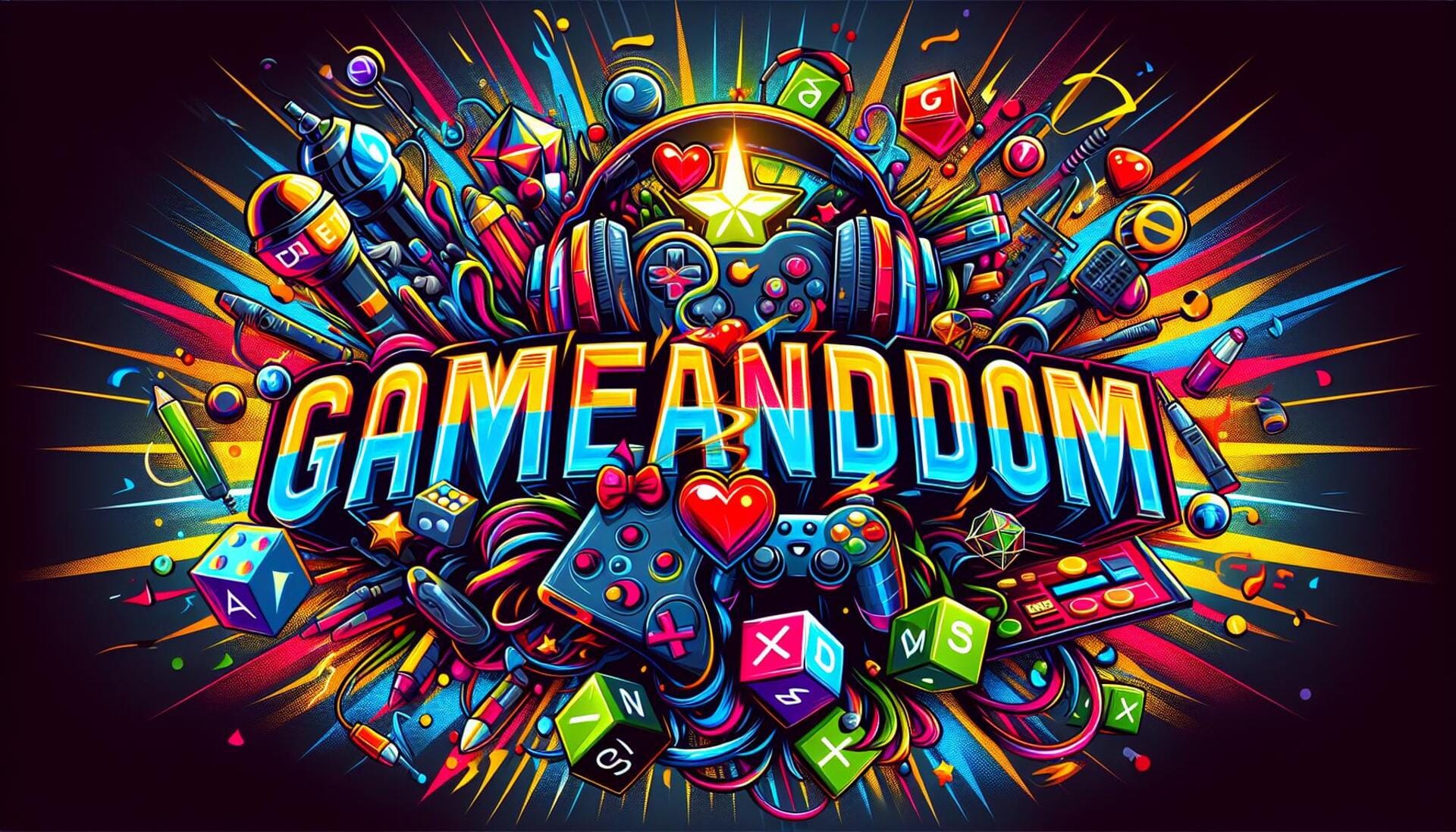
The rise of competitive gaming and player retention
The Rise of Competitive Gaming and Player Retention
In recent years, competitive gaming, popularly known as esports, has experienced an unprecedented rise. With millions of players globally and an expanding audience eager to watch and engage, understanding what drives player retention in this booming industry is more essential than ever. In this article, we will explore the factors contributing to the rise of competitive gaming, effective player retention strategies, and practical insights based on real-world examples.
Understanding Competitive Gaming
Competitive gaming refers to playing video games in a competitive environment, often through organized tournaments or leagues. Popular games within the esports community include titles like League of Legends, Dota 2, Fortnite, and Counter-Strike: Global Offensive. The rise of competitive gaming has catalyzed a significant cultural shift, moving gaming from a solitary activity to a widespread spectator sport.
Factors Fuelling the Rise of Competitive Gaming
The success of competitive gaming can be attributed to several key factors:
- Technological Advancements: High-speed internet and powerful gaming hardware have made competitive gaming accessible.
- Community Engagement: Online platforms enable gamers to connect, share experiences, and compete against each other.
- Monetization Opportunities: Players and teams can earn through sponsorships, streaming, and tournament winnings.
- Mainstream Acceptance: Esports have gained recognition from traditional sports networks and institutions, fostering broader acceptance.
The Importance of Player Retention in Competitive Gaming
Player retention directly influences the sustainability of competitive gaming. Retaining players leads to long-term engagement, creating a stable player base for tournaments and communities. Here are some compelling reasons why player retention is vital:
- Increased Revenue: Retained players spend more on in-game purchases, subscriptions, and merchandise.
- Community Growth: High retention rates create a dedicated community that attracts new players.
- Enhanced Player Experience: Balancing player input and experience helps in refining game mechanics and features.
Effective Strategies for Player Retention
To maintain a thriving competitive gaming environment, developers and teams need to implement effective player retention strategies. Here are some successful tactics:
1. Regular Updates and Balancing
Frequent content updates and game balancing ensure that players remain engaged and invested. Addressing any issues promptly will keep the gameplay fresh.
2. Engaging Community Events
Organizing tournaments, contests, and community events fosters a sense of belonging. Events like these not only retain existing players but also attract new participants.
3. Strong Social Media Presence
Building a robust social media presence allows developers to interact with their community, share updates, and gain feedback directly from players.
4. Incentives and Rewards
Implementing reward systems for loyal players, such as exclusive skins, badges, or in-game currency, can enhance player satisfaction and retention.
5. Feedback and Player Input
Creating channels for player feedback is essential. Understanding what players want makes them feel valued and enhances their gaming experience.
Case Studies: Successful Retention in Competitive Gaming
Let’s examine two notable case studies that highlight effective player retention strategies:
Case Study 1: Fortnite
Since its release, Fortnite has consistently evolved with frequent updates, creative live events (like concerts), and a highly engaged community. These strategies have kept millions of players returning daily and maintained a vibrant player base.
Case Study 2: League of Legends
Riot Games emphasizes player feedback and regular tournaments, creating a competitive environment. Events like the League of Legends World Championship not only showcase elite players but also attract casual gamers, boosting overall engagement.
First-Hand Experience: Engaging with the Gaming Community
As an avid gamer and follower of esports, my experience participating in various online tournaments helped me appreciate the community’s positive impact. The thrill of competition and the bonds formed with teammates offer memorable experiences that keep players engaged. For instance, I participated in a community-organized League of Legends tournament where rigorous practice sessions and team bonding activities fostered a sense of camaraderie that lasted beyond the game.
Benefits of Competitive Gaming for Players
Engaging in competitive gaming offers numerous benefits, including:
- Skill Development: Players can improve their strategic thinking and hand-eye coordination.
- Community Building: Esports fosters a sense of community, bringing people together with common interests.
- Cognitive Benefits: Gaming enhances problem-solving abilities and cognitive skills.
Conclusion
The rise of competitive gaming has significantly impacted player retention, providing a vibrant ecosystem for both players and developers. By implementing effective strategies and understanding player needs, the gaming community can thrive and continue to attract new users. As competitive gaming evolves, staying attuned to trends and player sentiments will be essential for sustaining this exciting landscape. With technology and community engagement as the driving forces, the future of competitive gaming looks promising.




